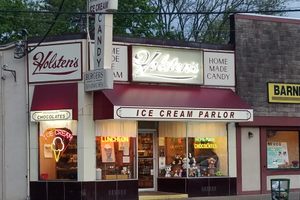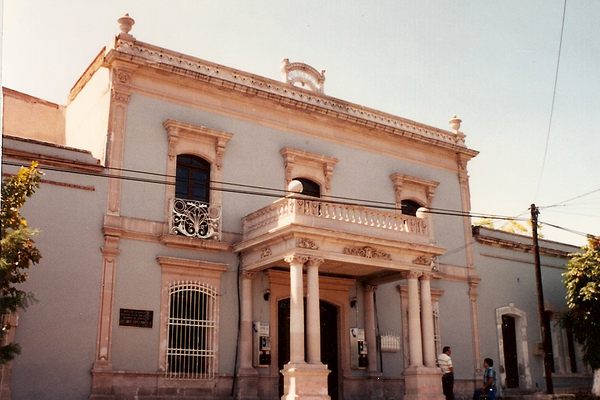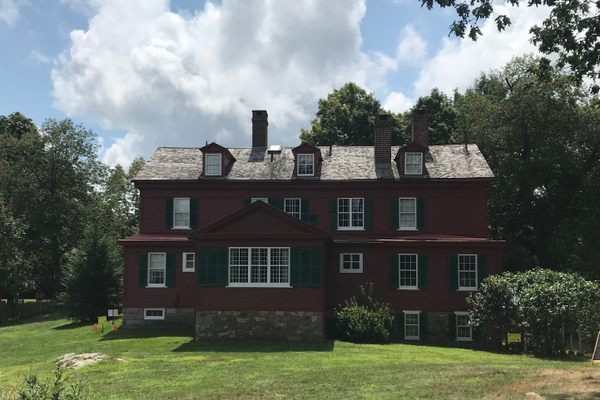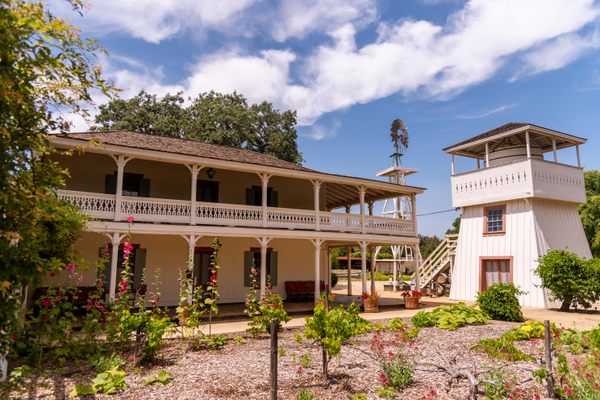About
Thomas Edison—the inventor who needs no introduction—moved to West Orange from Menlo Park after the death of his first wife in 1884. After marrying his second wife, Mina, in 1887, he presented her with an incredible wedding gift: Glenmont, a sprawling estate in the peaceful neighborhood of Llewellyn Park. And when it's said that the inventor presented the home as a gift, it's no exaggeration. Aware that there would likely be dispute and contention over his estate and inventions after his death, Edison legally sold the property to his wife for a single dollar so all the assets would remain in her name.
Unlike the sprawling campus of innovation the inventor oversaw just down the road, Glenmont was a haven for relaxation for Edison as well as the rest of his family. Thomas and Mina would raise six children within the mansion, as well as host a dazzling lineup of dinner guests and visitors from Henry Ford to Helen Keller. Edison even personally wired electricity directly from his laboratory to the home in the 1880s.
While the inventor was away, Mina, an avid birdwatcher and gardener, would maintain the lush garden and find great interest in the local wildlife. Despite the Edison family's status of international prominence, Glenmont kept the family grounded and refreshed, tucked away from the world in their own tranquil privacy.
Later in life, Edison would become fascinated with concrete and cement, famously building several concrete houses in New Jersey—but the idea never went anywhere. That didn't stop the man from building himself a concrete garage on his property, where visitors can now see the family's impressive collection of cars. Edison was confident that electric cars were the vehicles of the future, and the garage houses both several electric cars and an electric charging station, one of the earliest in the United States. (If only he knew the most popular brand of electric car would be named after his rival, Nikola Tesla.)
Thomas would die in 1931 and Mina in 1947, both at Glenmont. Appropriately, their bodies were buried on the property in a beautiful Japanese-inspired garden area in the house's impressive shadow. The property stayed in the Edison family for years, but since 2009 it has been operated by the National Parks Service as a National Historic Park.
So often, we stand in awe at the achievements of Thomas Edison, but it's important to remember he was just human—as we all are. Glenmont provides visitors the valuable insight into the private life of the country's most brilliant minds. A visit is definitely a bright idea.
Related Tags
Know Before You Go
Admission to Glenmont is not available at the building, but rather at the headquarters for the Thomas Edison National Historic Park. Llewellyn Park is a private community, so please do be respectful of the residents and stay on the marked roads.
Published
October 15, 2021



























































